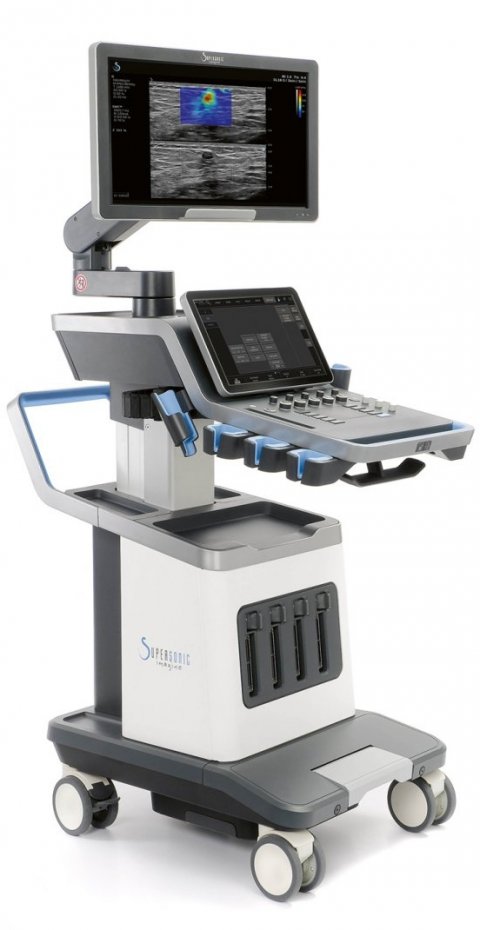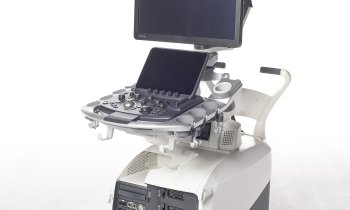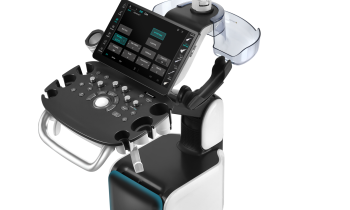News • Chronic Liver Disease
Study confirms clinical benefit of ShearWave Elastography
SuperSonic Imagine announces that a multicenter retrospective study conducted in Europe and China, has confirmed the clinical utility of ShearWave Elastography in patients with chronic liver disease, the first results of which were presented at the International Liver Congress (ILC 2019).
To date, over 160 clinical articles have been published on the use of ShearWave Elastography in patients with liver disease
Michèle Lesieur
The objective of this study was to evaluate the diagnostic value of ShearWave Elastography (SWE) in the progression of chronic liver disease and in the development of associated complications. SWE is an innovative imaging mode developed by SuperSonic Imagine, which enables the visualization and measurement of tissue elasticity.
The results of the study can be found here.
"This study not only confirms the expertise of SuperSonic Imagine in the evaluation of liver disease, but also the diagnostic benefits of its ultrasound innovations. To date, over 160 clinical articles have been published on the use of ShearWave Elastography in patients with liver disease," concludes Michèle Lesieur, CEO of SuperSonic Imagine.

The measurement of hepatic elasticity, displayed in kilopascals (kPa), is a well-established technique for assessing the severity of fibrosis in patients with chronic liver diseases. This criterion has become an important parameter for determining the degree of progression of the disease. However, the value of shear-wave based elastography for predicting mortality in cirrhotic patients has hitherto remained undetermined. "As a hepatologist, I can say that the number of patients with chronic liver disease is constantly increasing, and that it's becoming ever more vital for physicians, radiologists and hepatologists, to have reliable tools such as SWE to address this major public health problem in the most effective way. This study has allowed us to establish a new threshold value to help predict outcomes for each patient. Patients reaching more than 20.6 kPa are at two-fold higher risk of death within one year. This is important because it can be used as a biomarker to stratify care in patients with cirrhosis," explains Professor Jonel Trebicka, University Clinic of Frankfurt, Germany.
The study conducted in 15 centers in Europe and China included 1434 patients with a median age of 55 years, 58% of whom were men. Inclusion criteria were the presence of chronic liver disease with a SWE measurement at the onset of the disease, no previous decompensation event, and at least one year of clinical follow-up after the SWE measurement (median follow-up 34.8 months).
Furthermore, the results of other multicenter studies published in several prestigious journals, such as Gastroenterology, Radiology, Hepatology and GUT, have also confirmed the superiority of the diagnostic performance of ShearWave Elastography for the non-invasive evaluation of liver fibrosis.
Source: SuperSonic Imagine
26.07.2019











